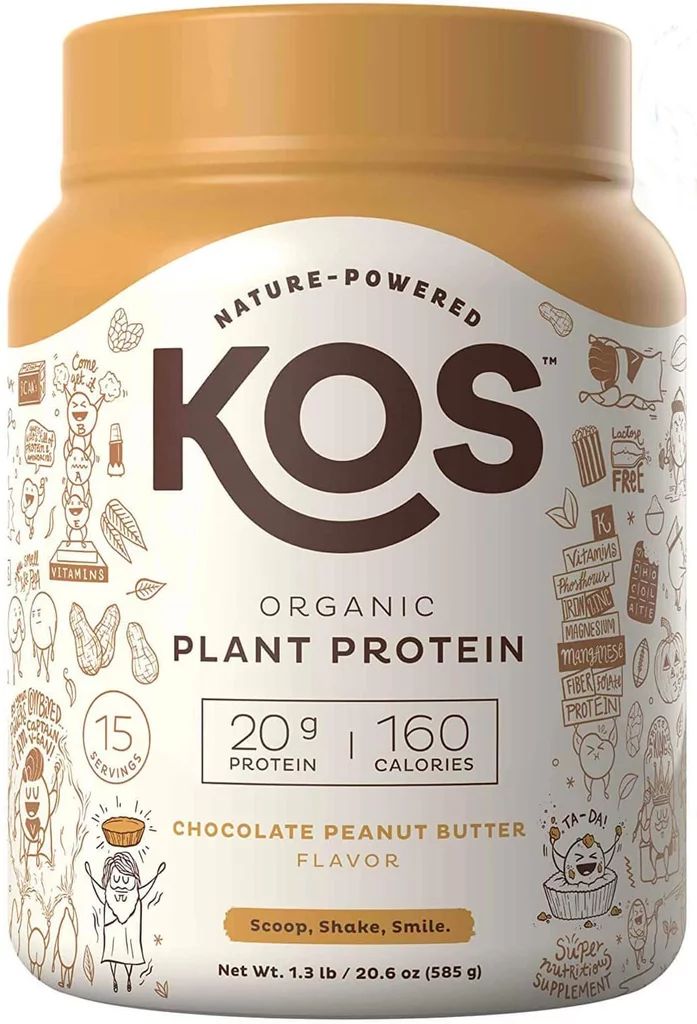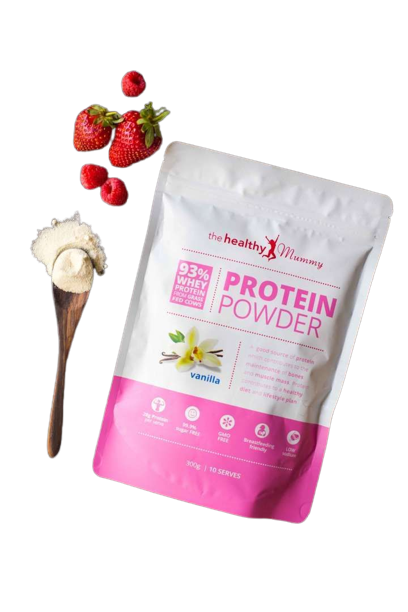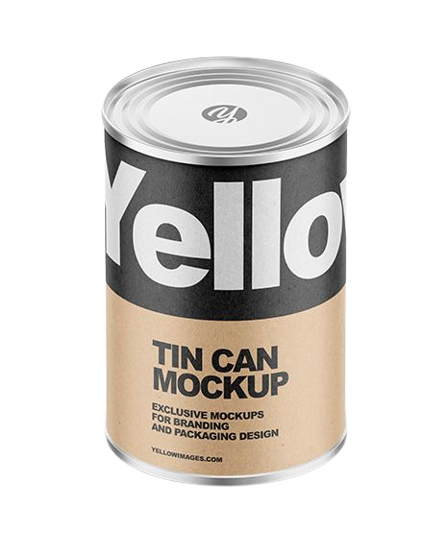Protein powder now acts as popular dietary supplements among people who are looking to build muscle, lose weight, or increase their protein intake. Therefore, how to choose the right packaging does matter to the storage of protein powder. There are many different types of packaging available in the crowded marketplace, but each with its own pros and cons. Below we’ll discuss the advantages and disadvantages of various protein powder bags as a way to give you the right guidelines to pick the most suitable ones.
Types of Protein Powder Packaging
When it comes to whey protein bag, there are a few different options to choose from. Each type of packaging has its own benefits and drawbacks, so it is important to consider your needs and preferences before making a decision.
Plastic Containers
One of the most common types of packaging for protein powder is the plastic jar. Plastic jar features its lightweight, durable, and portable ability. Also, it is also relatively inexpensive, enabling it a popular choice among manufacturers. However, plastic jar may not be the best option for every industries and fields. In view of its special materials, plastic jar is difficult to recycle and decompose, to some extent incurring environmental pollution issues.
Paper Pouches
Another option for packaging protein powder is the paper bag. Paper bags feature eco-friendly and biodegradable ability, making them a popular choice among environmentally conscious consumers. Besides, they are also lightweight and easy to transport, suitable for on-the-go consumers. However, paper bags may not be as durable as other types of packaging, and they may not provide as much protection against moisture and air.
Flexible Pouches
Flexible pouches are another option for protein powder packaging. They are lightweight and portable, always made from sustainable materials, so they should be a good choice for those who are concerned about the environment. Meanwhile, majorities of flexible pouches are always made from recyclable materials, so they take up less space in landfills than plastic containers. However, in views of its flexible material, flexible pouches are prone to puncturing, easily harming items quality.
Tin Cans
Tin cans are another classic choice for protein powder packaging. The combination of its durability and airtight ability functions well in helping protect the powder from moisture and other contaminants. Tin cans can also be recycled, and that is a major perfect choice for those environmentally-conscious consumers. However, tin cans tend to be more expensive than other types of packaging. And they are even heavier than many other types of packaging pouches, making them less convenient for on-the-go use.
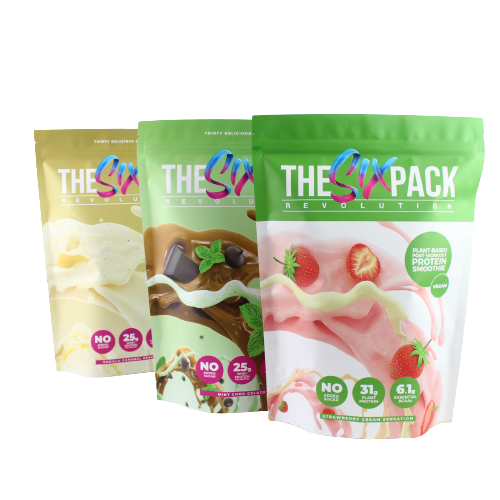
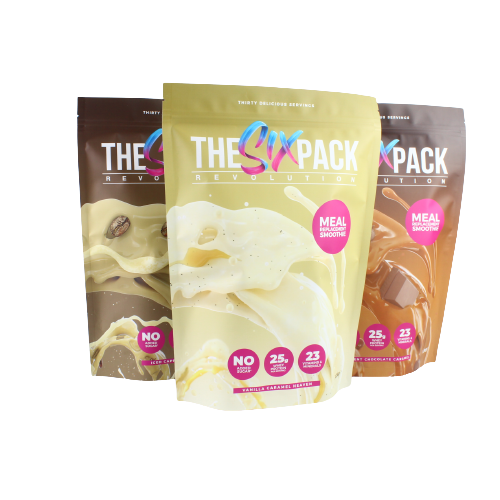
Environmental Impact of Packaging Choices
Recyclability
When it comes to protein powder packaging, recyclability is an important factor to consider. Packaging that is not recyclable can end up in landfills, contributing to environmental pollution.
Some common types of packaging for protein powder include plastic containers, paper bags, and tin can. Plastic packaging can be recycled, but not all types of plastic are accepted by recycling facilities, and similarly paper packaging is also recyclable, but it may not be as durable as plastic or other packaging, while such tin cans and aluminum cans is highly recyclable and can be recycled indefinitely.
Sustainability
In addition to recyclability, sustainability is another important factor to consider when choosing protein powder packaging. Sustainable packaging is designed to minimize environmental impact throughout the process from production to disposal. Some sustainable packaging options for protein powder include biodegradable and compostable materials, as well as packaging made from renewable resources such as bamboo or sugarcane. However, it is important to note that not all biodegradable or compostable materials are created equal, and some may not break down as easily as others.
Conclusion
Choosing the best packaging for protein powder can be a challenging task. However, after considering the factors mentioned above, it is clear that there is no one-size-fits-all solution. Each packaging type has its own unique advantages and disadvantages.
For those who prioritize convenience and portability, single-use sachets or stick packs may be the best option. These are ideal for on-the-go use or for those who travel frequently. However, they may not be the most cost-effective option in the long run.
On the other hand, those who prioritize sustainability and eco-friendliness may prefer bulk packaging options such as tubs or jars. These are also more cost-effective in the long run and can be easily recycled or reused. However, they may not be as convenient for on-the-go use.
Ultimately, the choice of packaging will depend on individual preferences and priorities. It is important to consider factors such as convenience, cost-effectiveness, sustainability, and product protection when making a decision. By doing so, consumers can ensure that they are choosing the best packaging option for their needs.
Post time: Sep-08-2023

